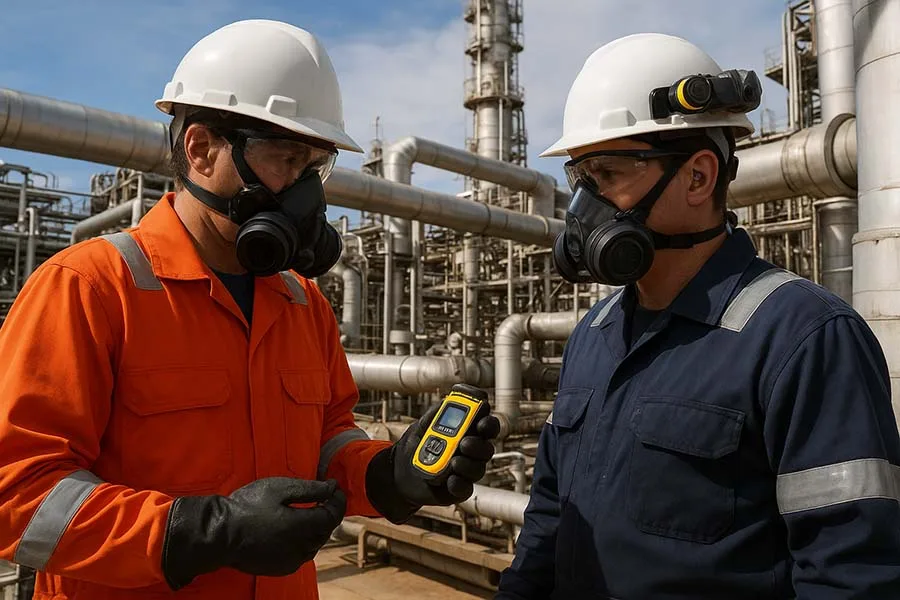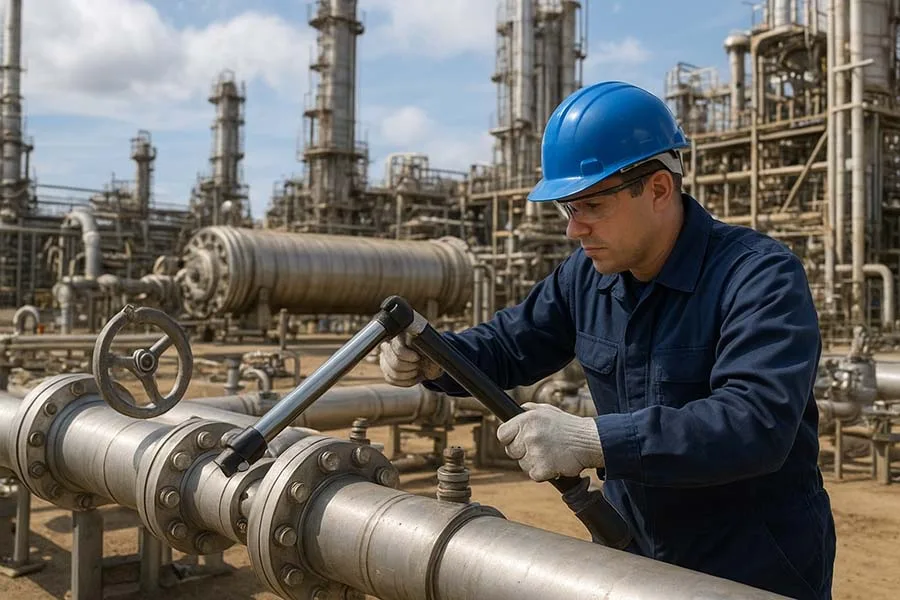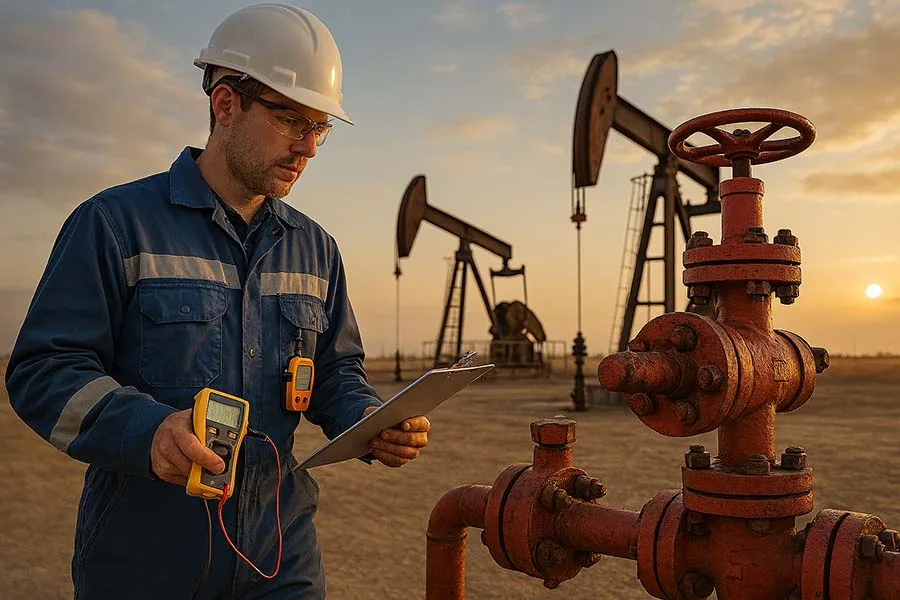Introduction
In the energy sector, safety isn’t just a regulation – it’s survival. Whether on an oil rig, in a refinery, or along a pipeline, industrial environments present hazards that can turn deadly in seconds. To mitigate risks, the industry relies on a wide array of specialized safety tools and equipment. From cutting-edge gas detectors to rugged fire suppression systems, these tools keep workers safe, protect assets, and ensure compliance with international standards.
Key Safety Tools in the Energy Sector
1. Gas Detection Systems
- Examples: Multi-gas detectors, fixed gas monitors, portable detectors.
- Why They Matter: Detect toxic gases like H₂S, CO, or methane before they reach dangerous levels.
- Spec to Watch: Sensitivity down to parts per million (ppm).
- Challenge: Frequent calibration is mandatory, otherwise false negatives may occur.
2. Explosion-Proof Equipment
- Examples: ATEX-certified lighting, intrinsically safe radios, explosion-proof junction boxes.
- Why They Matter: Prevent sparks or heat from igniting volatile substances.
- Certification: ATEX, IECEx, UL.
- Challenge: High cost and rigorous maintenance requirements.
3. Fire Suppression and Emergency Systems
- Examples: Automatic sprinkler systems, foam suppression systems, high-pressure extinguishers.
- Why They Matter: Fires can spread within seconds in oil and gas facilities.
- Spec to Watch: High-capacity systems with redundancy for offshore rigs.
4. Personal Protective Equipment (PPE)
- Examples: Flame-resistant coveralls, anti-static boots, chemical-resistant gloves, helmets with face shields.
- Why They Matter: First line of defense for workers in high-risk environments.
- Challenge: Proper use and compliance – gear is only as effective as the people wearing it.
5. Emergency Evacuation Tools
- Examples: Lifeboats on offshore rigs, escape hoods, emergency breathing apparatus.
- Why They Matter: In high-pressure or toxic gas emergencies, fast evacuation saves lives.
Technical Specifications That Matter
- Gas Detector Sensitivity: Detection range down to 0.1 ppm for critical gases.
- Explosion-Proof Ratings: Compliance with ATEX Zone 1/2, IECEx standards.
- PPE Flame Resistance: NFPA 2112 or EN ISO 11612 certified.
- Fire Suppression Pressure: Capable of operating at 200+ psi in industrial settings.
Pros and Cons of Safety Tools
Advantages
- Significantly reduce workplace accidents.
- Enhance compliance with international regulations.
- Improve worker confidence and morale.
- Support insurance and liability coverage.
Disadvantages
- High initial and ongoing maintenance costs.
- Require regular inspections and certifications.
- Human error (non-use or misuse of PPE) can still lead to accidents.
Interesting Facts
Funny Fact: Offshore workers often joke that the most reliable “gas detector” is the new guy – if he faints, you know it’s time to evacuate (though thankfully, modern detectors are a lot faster and more reliable).
Lesser-Known Fact: Some advanced fire suppression systems in offshore facilities use water mist technology that cools the flames without flooding sensitive electrical systems.
Safety Tools in the Energy Sector FAQ
Conclusion: Safety Is the Backbone of Energy Operations
Without reliable safety tools, the energy sector would be unmanageable. From detecting invisible gases to ensuring workers have the right gear, these tools save lives daily. As energy operations grow more complex and extend into harsher environments, safety technology will only become more advanced, connected, and indispensable.
Further Reading
- Industrial Tools in the Energy and Oil Industry
- Drilling and Extraction Tools in the Oil Industry: Complete Guide 2025
- Maintenance Tools for Oil Refineries: Complete Guide to Essential Equipment
- Pipeline Construction and Repair Tools | Essential Guide for Oil & Energy
- Safety Tools and Equipment in the Energy Sector
- Automation and Digital Tools in Oil & Gas
- Heavy Machinery in Oil and Energy Production
- Inspection and Testing Tools in Oil & Gas
- Tool Innovations Shaping the Future of Oil and Energy
💬 Your Turn:
Do you work in the energy industry or have experience with safety systems in hazardous environments? Share your thoughts in the comments below—and don’t forget to pass this article along to colleagues who value safety as much as you do.





